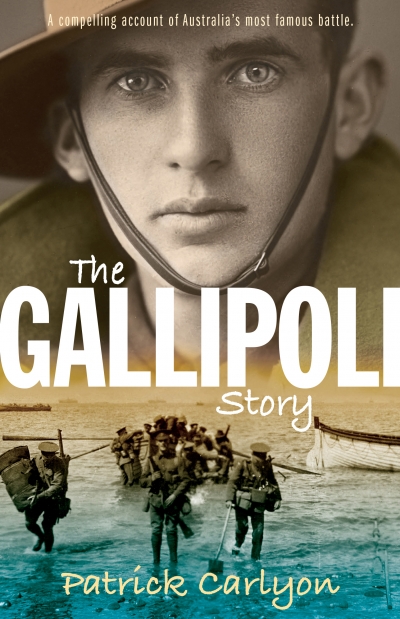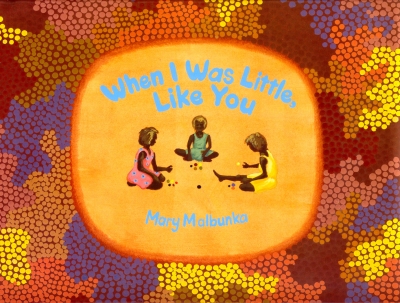Young Adult Non Fiction
Historian John Nicholson has never written about war or sport – two of the pillars of Australian identity – yet he remains our leading writer of history for young people. I reviewed Songlines and Stone Axes (ABR, April 2007), the first book in a five-volume series of trade, transport, and travel within Australia. The book won the Young People’s History Prize in the 2007 New South Wales Premier’s History Awards, recognition that should ensure a wider audience. Songlines and Stone Axes revealed the extensive symbolic and material exchange within and between Aboriginal and Torres Strait Islanders, blending patient research of scholarly journals with a firm sense of what will catch a younger reader’s interest and imagination. The book requires readers to re-examine their understanding of Australia’s first people, and reflect again on the country that Europeans entered.
... (read more)As Eric Hobsbawn points out in his autobiography, Interesting Times: A Twentieth Century Life (2002), ‘the world needs historians more than ever, especially skeptical ones’. History, however, is not a popular subject in today’s schools. Three of these four books make attempts, variously successful, to engage young readers in a sense of the past. The other is a bizarre compilation of odd details, and could be considered an account of the history of certain sciences; it almost fits into the historical ambit.
... (read more)



